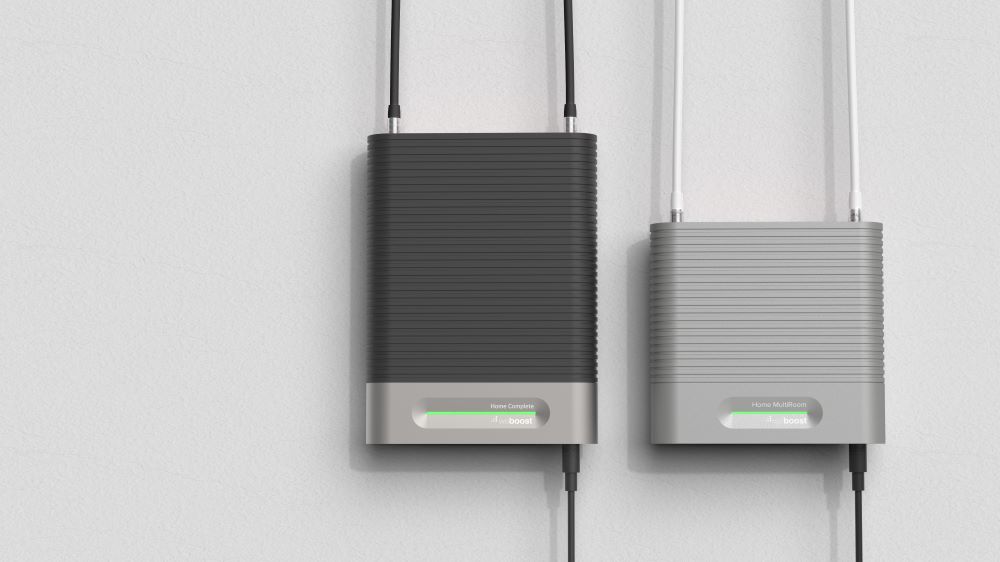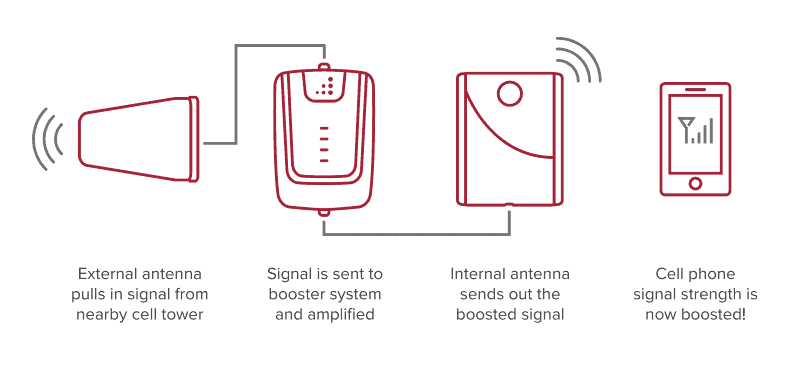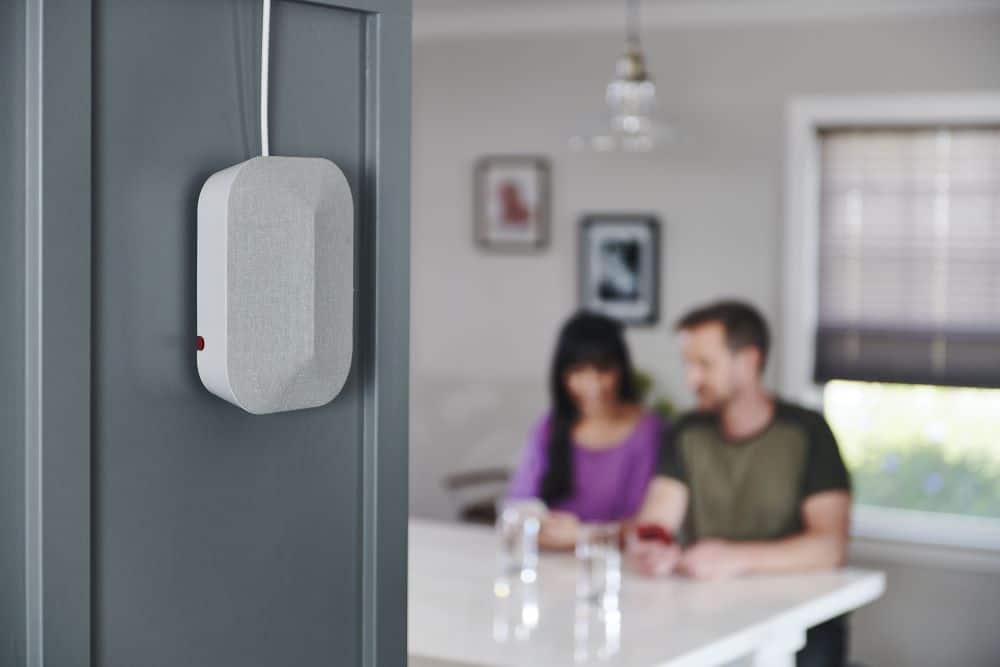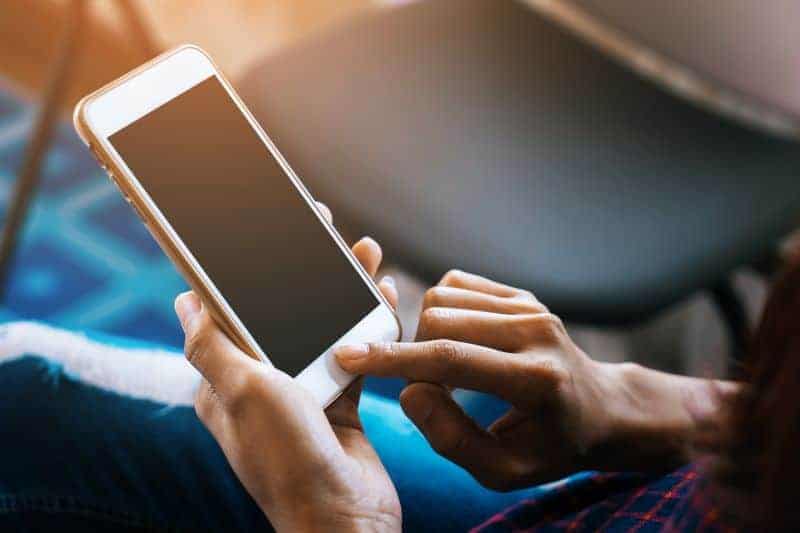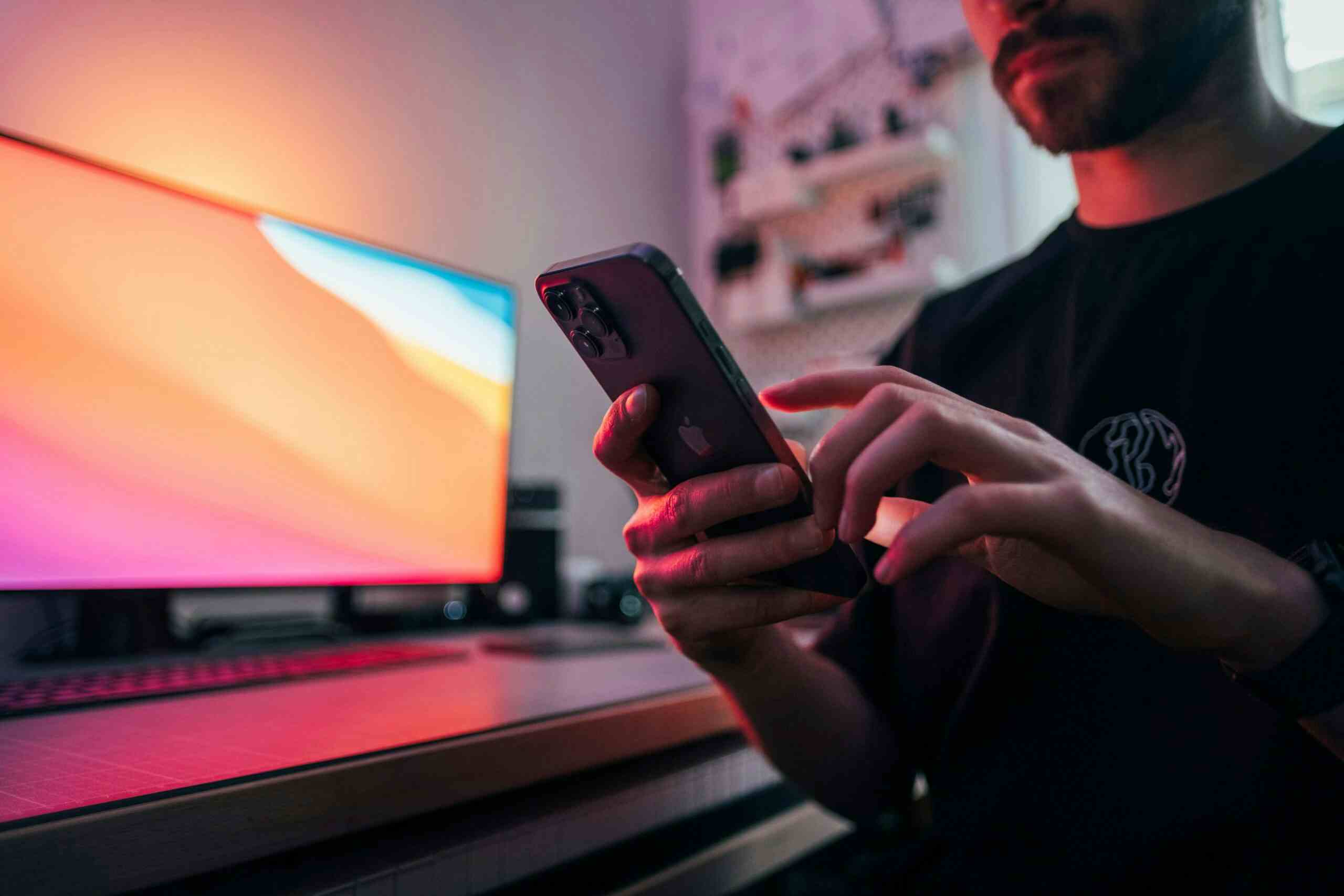5 Myths About Cell Phone Signal Boosters
Posted on 2/24/2023 by Nicholas Jones
Cell phone signal boosters have gained popularity in recent years as cell phones have evolved from status symbols to basic necessities. More and more people find that their lives and work are reliant on their phones. As such, weak or spotty cell signal has become less and less acceptable at home, in the workplace, and on the go.
Poor wireless service, dropped calls, and spotty coverage is frustrating. Switching to a carrier with better coverage isn’t always a convenient or viable option. As a result, many people have taken an interest in cell phone signal boosters. For a small investment, boosters can improve your existing service — enabling you to achieve better reception without the hassle of changing carriers.
Cell phone signal boosters are hardly new technology. They’ve been around for a few decades, but it’s only in recent years that they’ve been regulated. Before 2014, signal boosters had little regulation and sometimes adversely affected cellular networks. While today’s cell phone boosters are subject to extensive rules, rumors and half-truths linger. Many consumers are understandably apprehensive about them.
In this post, we’ve outlined the most prevalent myths surrounding cell phone boosters. Here are some straight explanations regarding how boosters work, why they’re safe to use and how they can help you enjoy better cell phone service.
Myth #1: cell phone signal boosters are a scam
If you’re not up-to-date on the latest in cell phone technology, you may picture little gold stickers that are applied to the back of your phone. Cheap and widely available, these stickers initially sold well to those who were frustrated with poor service but unable to switch to a carrier with better coverage.
Unfortunately, those people quickly found out that the little stickers did nothing for their phone’s reception. While there’s real science behind cell boosters, the stickers don’t even come close. They don’t connect to your phone’s internal antenna. Even if they did, it’s unlikely they’d add any benefit.
On the other hand, real cell phone boosters rely on far more than theoretical benefits. Unlike those gold stickers that have no electricity passing through them, cell phone booster systems actually do amplify signal. These boosters use large antennas to draw as much signal from cell towers as possible. Then, that signal is brought directly into your home, vehicle, or workplace. The also pick up signal from your phone and send it to the cellular provider without interference.
Learning to recognize scams is essential for avoiding wasting your money and supporting shady businesses that exploit their customers’ trust. Look for boosters that are independently tested and government certified. In the United States, the Federal Communication Commission (FCC) is the certifying body, and in Canada, it’s Industry Canada.
Myth #2: cell phone boosters are illegal
To be fair, it isn’t entirely a myth that cell signal boosters are illegal. In some countries, they are. A handful of countries such as Australia and the United Kingdom have banned cell signal boosters because carriers have found that they can interfere with how their networks function.
While it may provide a stronger signal to the person with the booster, it lowers transmission levels for those on the outer edges of the network. As a result, the coverage area is considerably reduced, and a lot of customers are left without service. To deter the use of boosters, those who own them can be hit with hefty fines.
As of 2014, cellular carriers in the United States have the right to approve boosters that meet the FCC’s technical standards. Many wireless carries, including AT&T, T-Mobile, and Verizon, have agreed to allowing customers to use certified boosters. Regardless of your carrier, you’re required to register your device. However, there’s no fee for registering and using your booster.
Myth #3: Cell phone signal boosters interfere with cell networks
Before 2013, cell phone signal boosters were unregulated in the United States, and some poorly designed ones did cause interference. However, today’s boosters improve your cell phone reception without compromising anyone else’s.
The United States and Canada have strict regulations on cell phone boosters — enabling residents to use them safely. Because the FCC tests and certifies boosters, the boosters that are currently on the market never interfere with carrier networks.
Myth #4: Cell phone signal boosters interfere with your WiFi
Cell phones and wireless internet use radio frequencies to send signals between devices, as do weather radios, car radios, walkie-talkies, televisions, and certain types of medical equipment. However, there’s a reason why these devices can work simultaneously without interfering with one another — they all use entirely different radio frequencies.
Your cell phone signal booster works on the same frequency bands as your cell phone, which is why it affects your phone’s reception. However, it doesn’t work on the same frequency as other devices, and therefore doesn’t interfere with their function. Just as you can use your microwave without it impacting your WiFi network, you can use a booster without affecting anything other than your cell phone’s reception.
Myth #5: Cell phone boosters use WiFi bandwidth & compete other wireless devices
This myth likely stems from confusing cell phone boosters with similar devices like microcells or femtocells. Like a booster, microcells and femtocells are designed to improve cell phone reception. However, they work very differently.
A microcell acts as a mini cell tower in your home. It connects to a router and works with your broadband internet connection to create a cell site inside your home. In general, it covers about 5,000 square feet and provides improved cell signal.
Femtocells generally have a much smaller range but work similarly. Both technologies move communications from the cell network to the WiFi network and from WiFi to the cell network. Unfortunately, in some cases, users have reported that using a microcell weakened their WiFi signals and resulted in slow transfer speeds.
On the other hand, cell phone signal boosters work in an entirely different way. Boosters work only with existing cell signals. The booster collects the weak cell signal and amplifies it. The amplified signal is then distributed in your home or vehicle, enabling your devices to connect. Unlike microcells and femtocells, cell boosters never interact with your WiFi network and don’t affect your signal strength.
Cell signal boosters are associated with a variety of benefits, including extended battery life, more reliable cell phone service, speedier data transfers (for those who access the internet through their cell provider rather than over WiFi), and increased security for your home monitoring system.
By understanding the science behind this technology and dispensing with the misconceptions surrounding cell phone signal boosters, you can make an educated decision on whether a booster is right for your needs.
Want to learn more about cell phone signal boosters from weBoost? Check out our Ultimate Guide to Cell Phone Signal Boosters and find the right booster for your home, business, or vehicle.
